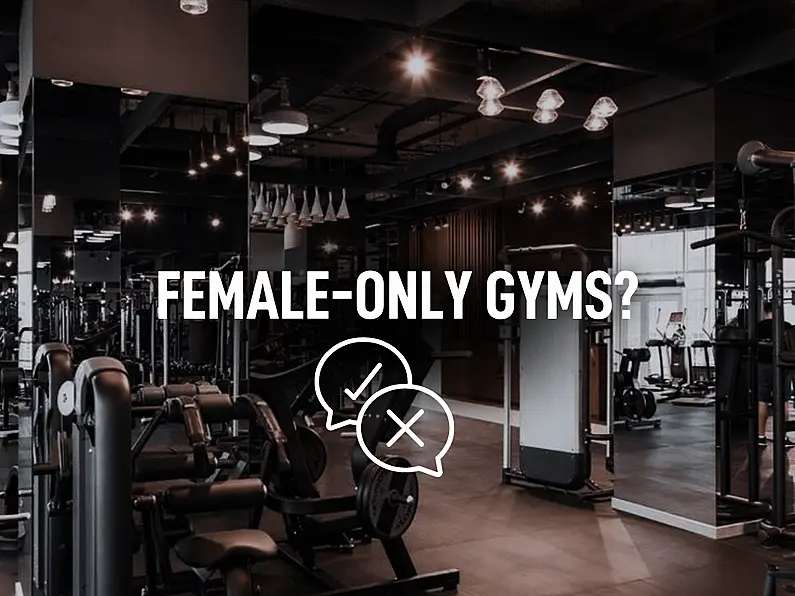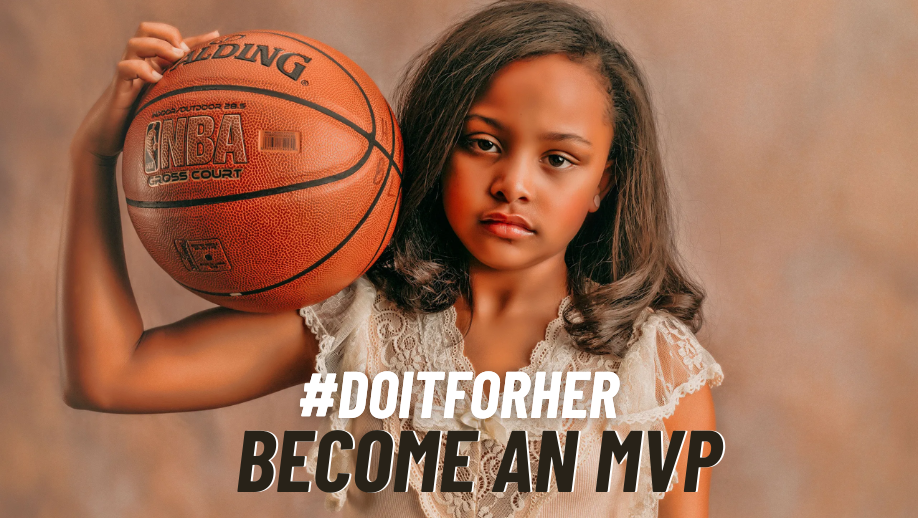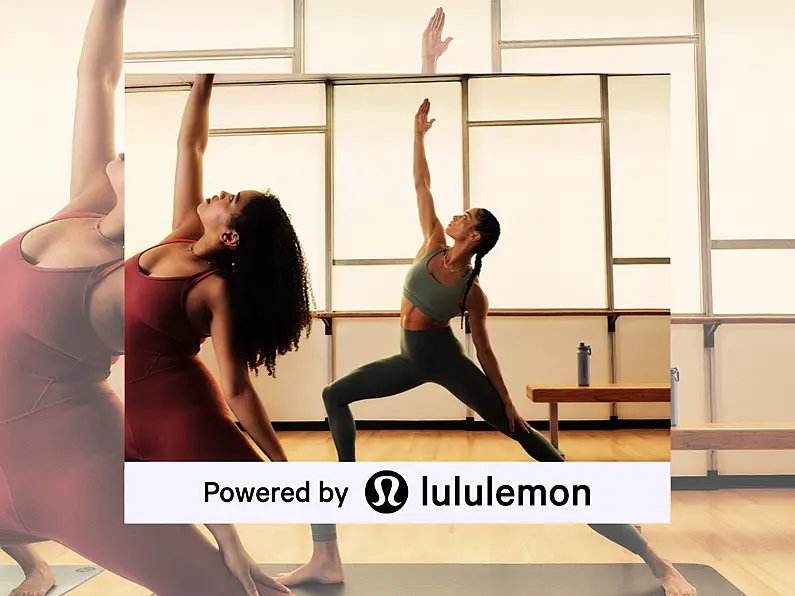In a world where the male gaze permeates every aspect of life, women often find themselves facing discomfort during their fitness journeys, from cat-calling while running to unwanted attention while at the gym...I'm sure most women can relate to this reality.
Then there's gym anxiety (yup, that's a real thing) - it's that nagging worry that hits when you walk into a gym. There's loads of people in the space, you make awkward eye contact as you try to figure out who is using what equipment and in what space. If you're unsure about how to use a machine, you try to discreetly observe others. And the cherry on top? The feeling that fellow gym-goers are watching, ready for you to make any slip-up (hello, imposter syndrome!).
Stats don't lie
Numerous studies have highlighted that women are more likely to feel anxiety when it comes to exercising in public compared to men. A recent study by My Protein revealed that 76% of women feel uncomfortable when exercising in public spaces. Research from Penn State University shows that a gender gym gap is influenced by women's concerns around a lack of knowledge or confidence while in the gym, as well as getting unwanted advice from men in the gym.
The pervasive influence of social media, projecting a specific image of fitness, has also only added to the pressure. As Lashara Wood told GymShark:“The fitness industry and social media have, up until recently, fueled these feelings of anxiety and self-doubt. By setting unrealistic body standards and fixating on aesthetics over mental well-being, this has put a lot of people off starting in the first place."
HealthNews reported that a surge in the demand for such spaces is evident on platforms like TikTok, with over 18 million views for the hashtag #womenonlygyms in the last year. Google searches reflect a similar trend, showing a 69% increase in queries about women's only gyms over the past year. We also discovered that 67% of Her Sport followers are for female-only gyms.
So the question arises: What impact are these gyms having, and why is this trend gaining momentum?
The impact
The primary driver appears to be the need for a comfortable workout environment. Despite the existence of popular mixed-gender gyms, reports indicate that 2 in 5 women have avoided exercising due to discomfort caused by men. This extends to specific workout areas, with 28% of women avoiding the resistance area because it's mostly occupied by men. Weight training, which is essential for women's health, becomes an area of avoidance, contributing to a decline in muscle-strengthening workouts.
Research done by Health News outlined that the benefits of joining female-only gyms include "less intimidation and harassment, increased community, personalized workouts, and lifestyle support."
According to Wood, there is also a new narrative emerging that is focusing more on viewing exercise as a means to feel healthy and happy, which can help in removing the feeling of inadequacy or self-consciousness when approaching exercising in public spaces: "Different body types and unique fitness journeys are starting to be normalized. We’re learning that one person’s ideal isn’t the same as the next. This is really important for anyone feeling like they’re inadequate or less than.”
What about the cons?
Despite these benefits, some argue that the exclusion of men may be a form of discrimination, leading to potential backlash. Additionally, concerns about a limited variety of workouts exist, as some all-female gyms may focus on stereotypical female activities.
The ongoing debate around the pros and cons underscores the personal nature of the choice between traditional and women-only gyms. Women who feel uncomfortable or intimidated in mixed-gender spaces find solace in the community, personalized workouts, and lifestyle support offered by all-female gyms. On the other hand, those seeking a broader range of workout options may prefer traditional gym settings.
The bigger picture
Regardless of whether you're for or against female-only gyms, the issue remains the same: women lack exercise spaces that provide holistic comfort. Just like the lack of women in sport coverage, there is a lack of fitness facilities and training opportunities for women. Gaelic footballer Connor Meyler summed it up pretty well when he tweeted: "Before we can have equality we need equity. Women have been underrepresented in sport for years."
The rise of women-only gyms signifies a collective desire for inclusive and supportive spaces in the fitness industry. As women continue to navigate the challenges of public exercise spaces, these gyms seem to offer a beacon of empowerment, fostering confidence, community, and holistic fitness experiences.
If you're someone who feels like much of what was pointed out here resonates with you, just remember that you're not alone. The journey towards more inclusive fitness environments is ongoing, but with each step, we move closer to a future where everyone can enjoy the benefits of a healthy and empowering workout experience.












